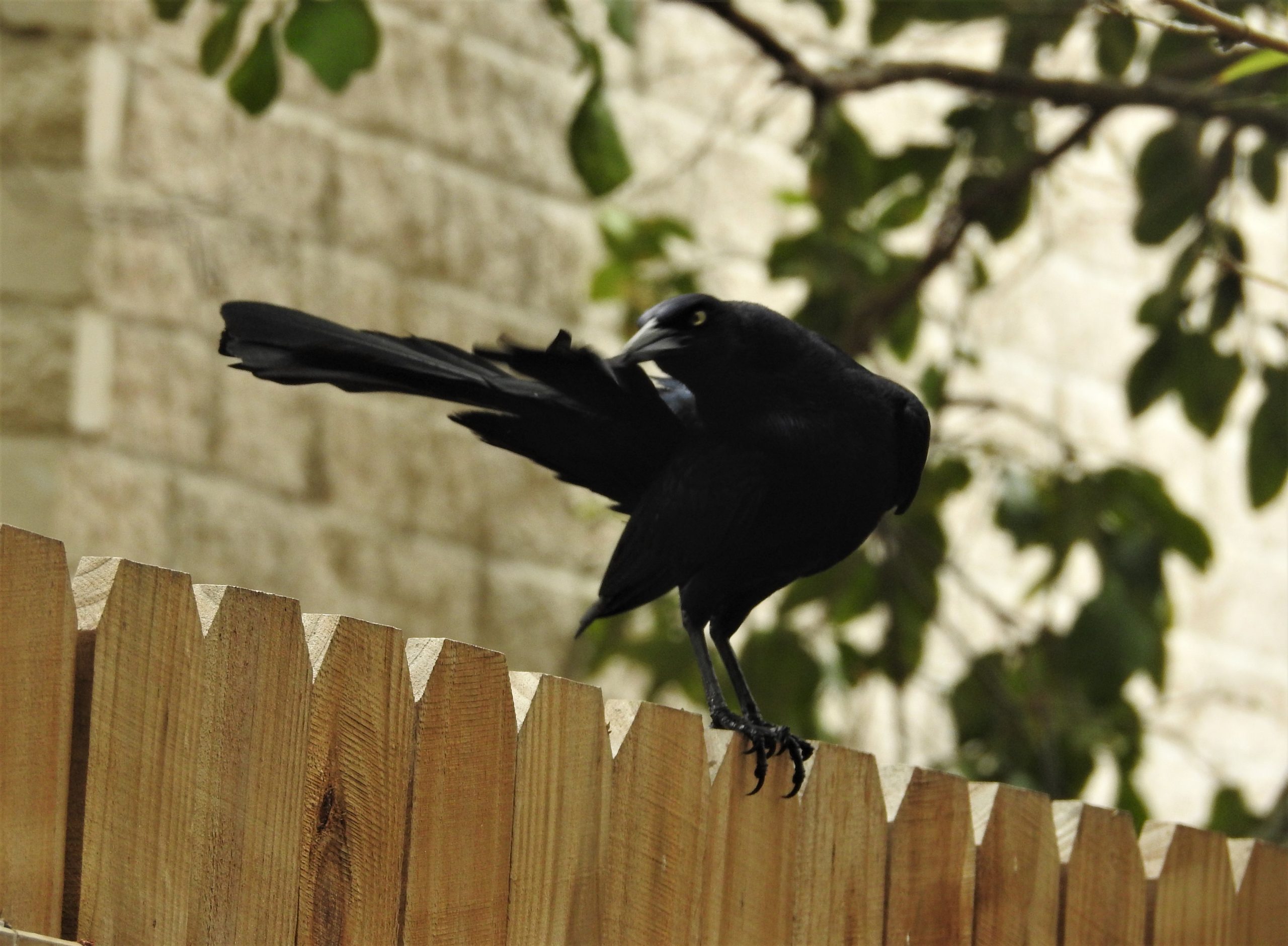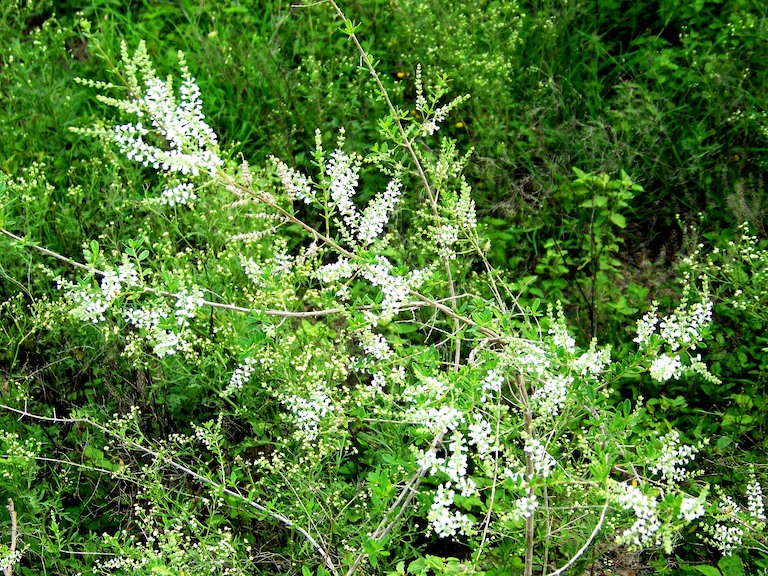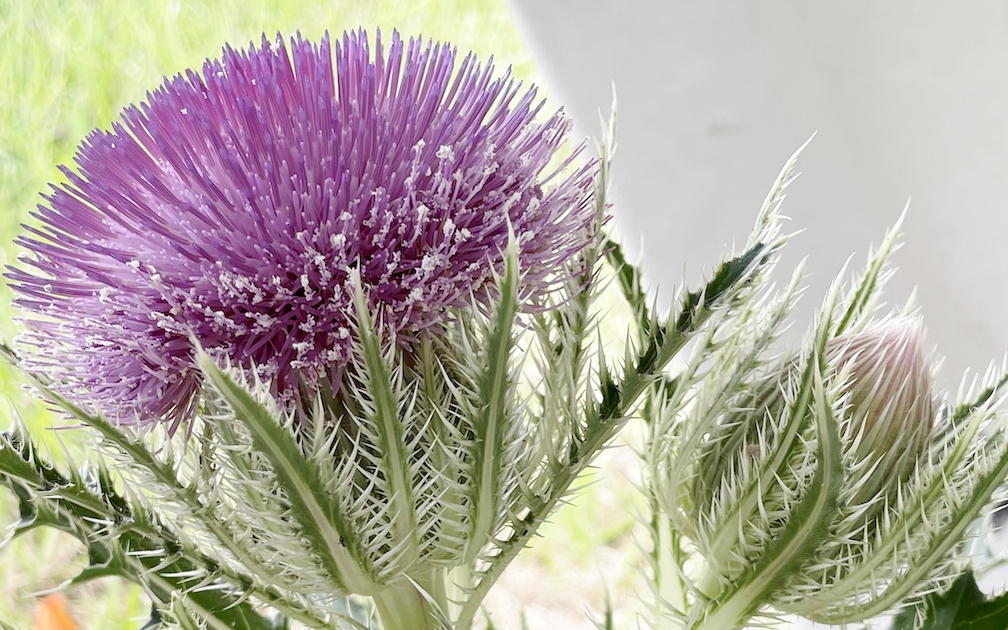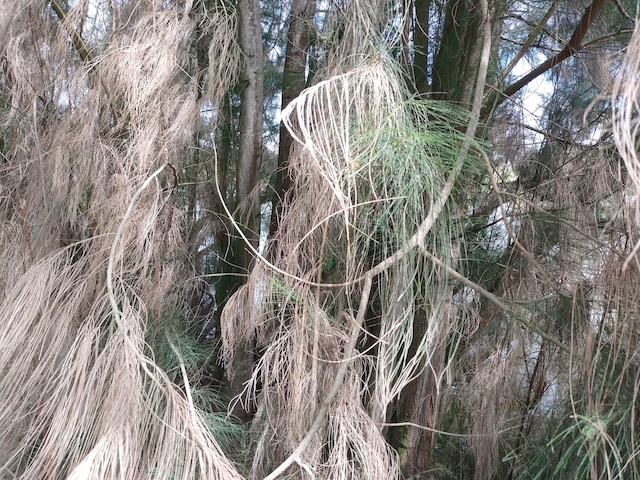Category: The Chachalaca
-

No Bad Birds
by M. Kathy Raines “Did you see any birds?!” an enthusiast asks. Another replies, resignedly, “No, not really, just trash birds.” While we may not say this, we often think it. And no birder looks fondly upon a squawking Great-tailed Grackle devouring pulp from oranges lovingly set out for famished little migrants. This April, a few gorgeous Rose-breasted Grosbeaks,…
-

My TMN Experience – Opening New Paths
by Mario Fierro While working at Quinta Mazatlan as an Environmental Supervisor, I was first introduced to the world of birding and nature appreciation. The amount of information was overwhelming at times, but the beauty was even more so. This only made the desire to continue learning about the natural world around me even greater and led…
-

Introducing Señor Pelé
by Pat Avery The RGVCTMN formed the Pelican Squadron Committee earlier this year to educate the public about the danger that cold and windy weather poses for Brown Pelicans. Highway 48 becomes a death trap for pelicans due to the wind currents. The committee’s mission is to inform and educate the public of the need…
-

A Smell of Vanilla in the Garden
by FrankWiseman If you are ever out in a park or brushland and you smell something sweet, it might be the smell of vanilla coming from a Whitebrush shrub. Aloysia gratissima, also called Beebrush, and other common names, is a member of the Vervain family. My first experience with this plant was at Harlingen’s Hugh Ramsey…
-

Horridulum — what kind of name is that for a pretty plant?
Latin plant names, we’ve learned, often clue us in about the nature of a plant. See Eileen Mattei’s article, page 13, “Enough Latin Names to be a TMN,” at the December 2020 Chachalaca newsletter: https://rgvctmn.org/wp-content/uploads/2020/12/The-Chachalaca-Winter-2020.pdf The Latin word horridulum isn’t as bad as it looks; it translates to: “somewhat rough; unadorned,” according to latin-is-simple.com. The word Cirsium derives from the Greek…
-

A Look into the Athel Tree – Friend or Foe?
by Janis Silveri When I moved to Texas in 2004, I noticed several large trees with vast root systems growing on the east side and near the Resaca as a continuation of the neighbor’s landscaping. They divided the property in the 1960s. Texans use these large trees as barriers and buffers in rural areas. I…
